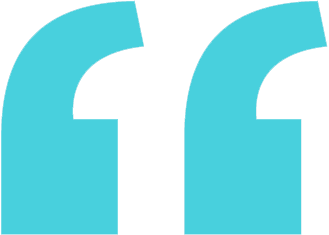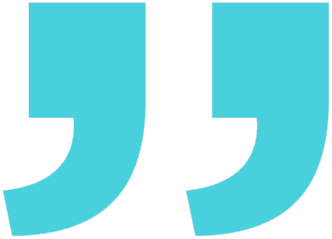Challenge
For many decades, UJA Federation of Greater Toronto has provided leadership and support for a sustainable system of quality Jewish day schools. Beginning in 2010, UJA became concerned about the decline in the number of students transitioning from the community’s Jewish elementary schools to The Anne and Max Tanenbaum Community Hebrew Academy of Toronto (TanenbaumCHAT), Toronto’s Jewish community high school. TanenbaumCHAT, which had two campuses, was forced to raise tuition, and as a result, the school’s identity as a community school was being jeopardized (Between 1999 and 2016, Tanenbaum CHAT increased tuition from $10,900 to $27,300). With each increase, enrollment declined further, especially at the school’s Northern campus, which was built to accommodate some 700 students, but by 2017 had fewer than half that number. TanenbaumCHAT was fast becoming a selective institution for the shrinking minority who could pay. It was estimated that about only a quarter of the students were receiving some form of relief. The remainder were paying full tuition.
Against this backdrop, UJA Federation turned to Rosov Consulting to explore key questions such as:
- What are the main factors weighing on the decision-making of both Jewish parents and students when it comes to choosing a high school?
- How responsive would enrollment to CHAT be to reductions in the level of tuition?
- Who is the key decision-maker in regards to high school choice?
Approach
UJA wanted to answer these questions and understand what could be done to reverse the trend of declining enrollment at the school. Rosov Consulting set up the study to generate both quantitative and qualitative data—to identify patterns of choice and understand what lay behind them. Surveys about high school choice were fielded to the Grade 7 and 8 students and their parents from seven Jewish day schools whose students feed into TanenbaumCHAT. As part of a deeper qualitative probe, focus groups were conducted with 78 Grade 8 students from the seven schools, including both students who did and did not intend to continue their studies at CHAT. 16 additional interviews were conducted with parents of Grade 8 students. Additionally, six interviews were conducted with Heads of School at CHAT and the feeder schools.
Results
The study yielded critical data that UJA ultimately used to make key decisions about tuition, which subsequently positively influenced enrollment.
While “cost” was not selected by students or parents as one of the five most important considerations when choosing a high school, students and parents conveyed their concern about the price of tuition during interviews and focus groups. When posed with hypothetical reductions in tuition, 57% of parents who signaled that they see importance in Jewish education at high school indicated that they would choose CHAT if the tuition was 10% lower. The gap narrowed between the two groups of parents—those who saw importance in Jewish education at high school and those who saw less importance—as the hypothetical reduction in tuition increased. The research determined that if tuition was 30% lower than it currently was, there would be very little difference between these two parent populations.
While Rosov Consulting made a number of recommendations informed by what was learned through the study, the data about price sensitivity proved most useful to UJA Federation. Rosov Consulting specifically offered two considerations for tuition reduction:
- Lower tuition by 10% to attract those who see high school Jewish education as being important, and
- Lower tuition by 30% to attract those who do not see high school Jewish education as being especially important.
Armed now with data to support what had long been a hunch, UJA leveraged its carefully cultivated relationships to recruit two major donors with deep commitment to day school education. These families made a joint gift of $15 million. Their gift made it possible to reduce tuition from more than $27,000 to $18,500 beginning in the 2017-18 school year and then keep it below $19,000 for each of the next five years.
Following the tuition reduction, enrollment in Grade 9 first increased to 200 from 175, then to 298, and now it is at 330. UJA expects there to be more than 1,000 students total at TanenbaumCHAT from September 2019 on one merged campus.

